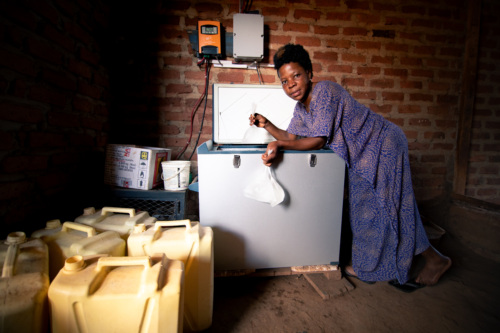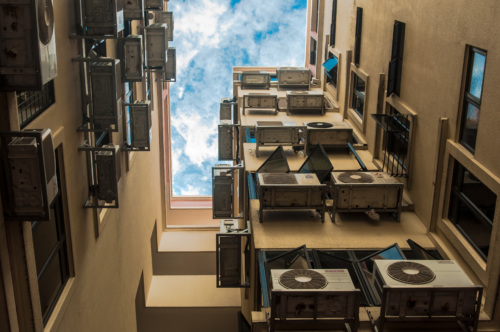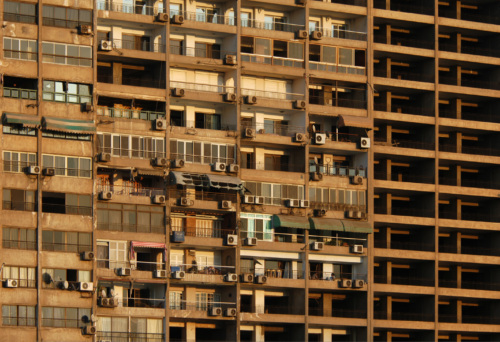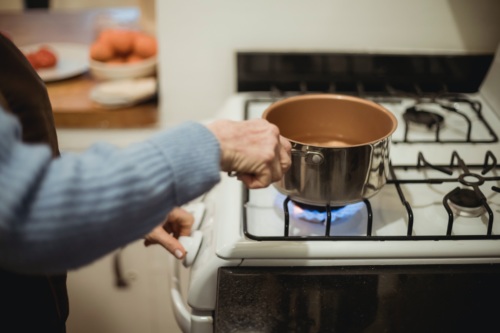
Case Studies
Case Studies

Empowering Efficiency: Lessons Learned from Pakistan's Energy Labeling Journey
Pakistan ranks fifth globally in cooling demand and is one of nine critical countries with the greatest number of people without adequate cooling.
Appliance energy efficiency labels empower consumers to save costs and reduce potential greenhouse emissions.
In 2016, SAMA^Verte and CLASP initiated a pioneering two-year project in Pakistan, introducing an energy efficiency label for ceiling fans to curb cooling sector emissions. Read the case study.

Fresh Food & Reduced Emissions: The Global LEAP Awards Off-Grid Cold Chain Challenge Impact on Food Security & Market Growth
Cold chain technologies have immense potential to transform the lives of smallholder farmers across Africa, Asia and South America, regions disproportionately burdened by significant food losses.
Competitions and innovation prizes play a critical role in developing markets for nascent technologies
The Global LEAP Off-Grid Cold Chain Challenge (OGCCC) bridges the gaps in the cold chain market by facilitating product development, testing, local partnerships, and market insights. This enhances access to cooling technologies, bolstering food security, reducing environmental impact of agricultural production and improving livelihoods in India and African markets. Read the case study.

Lighting a Billion: The UJALA Program's Transformational Impact in India
In 2011, LEDs made up just 0.3% of the lighting market. In just 7 years, their marker share increased to 46%.
UJALA illustrates a successful public-private partnership to make energy-efficient LEDs accessible.
In 2015, India launched the world’s largest subsidy-free lighting replacement initiative called the Unnat Jyoti by Affordable LEDs for All (UJALA) program. As of 2022, the program was saving households INR 191 billion on their electricity bills per year and curbed India’s annual CO2 emissions by 37 million tonnes of CO2. Read the case study.

Keeping it Cool: How Ghana's ECOFRIDGES GO Initiative Cuts Energy Costs & Emissions
As a result of rising heat and incomes, the demand for cooling appliances, especially in the residential sector, has increased.
Credit facilities can reduce the initial purchase cost of efficient appliances – making them more affordable for consumers.
Ghana’s ECOFRIDGES Green On-Wage (GO) is an innovative financial mechanism to promote affordable, climate-friendly and energy efficient domestic room air conditioners and refrigerators. Read the case study.

Revolutionizing Cooling & Climate: China's Pioneering AC Efficiency Standards
During the summer heatwave of 2021, the need for cooling pushed China’s electricity demand to record highs, with RACs accounting for about 30% of the peak summer load
China's world leading energy efficiency standards are transforming the market and cutting emissions.
In 2020, China committed to a momentous environmental goal: reaching peak carbon emissions by 2030 and achieving carbon neutrality by 2060. Central to this ambition is a drive for high efficiency appliances, including room air conditioners (RACs). Read the case study.

Cooling Down Costs: Updated Energy Labels Save Brazilians Money
In a 2022 CLASP study of energy justice in favelas in Rio de Janeiro, respondents’ average electricity bill amounted to 10% of respondents’ median household income.
Brazil's updated cooling labeling policy is critical in lowering consumer energy bills.
In 2021, Brazil updated its labeling policy for refrigerators – a near-universal appliance in the country – for the first time in over 15 years. After overcoming barriers posed by industry interests, the government approved a revised label that will bolster overall refrigerator efficiency in Brazil and protect consumers from high energy bills. Read the case study.

Evolving the EU Energy Label: Shaping Consumer Choices and Market Transformation
The EU energy label is one of the most established, trusted and effective appliance energy labels in the world, influencing nearly 80% of all purchase decisions in the EU.
The EU energy label drives technological progress on the domestic market.
The EU energy label pushes the EU appliance market toward higher-efficiency products by compelling manufacturers to eliminate inefficient models and continually improve the efficiency of their products. This case study identifies key decisions that helped shape the EU energy label into one of the most successful labeling programs today and summarizes the program’s impact to date. Read the case study.